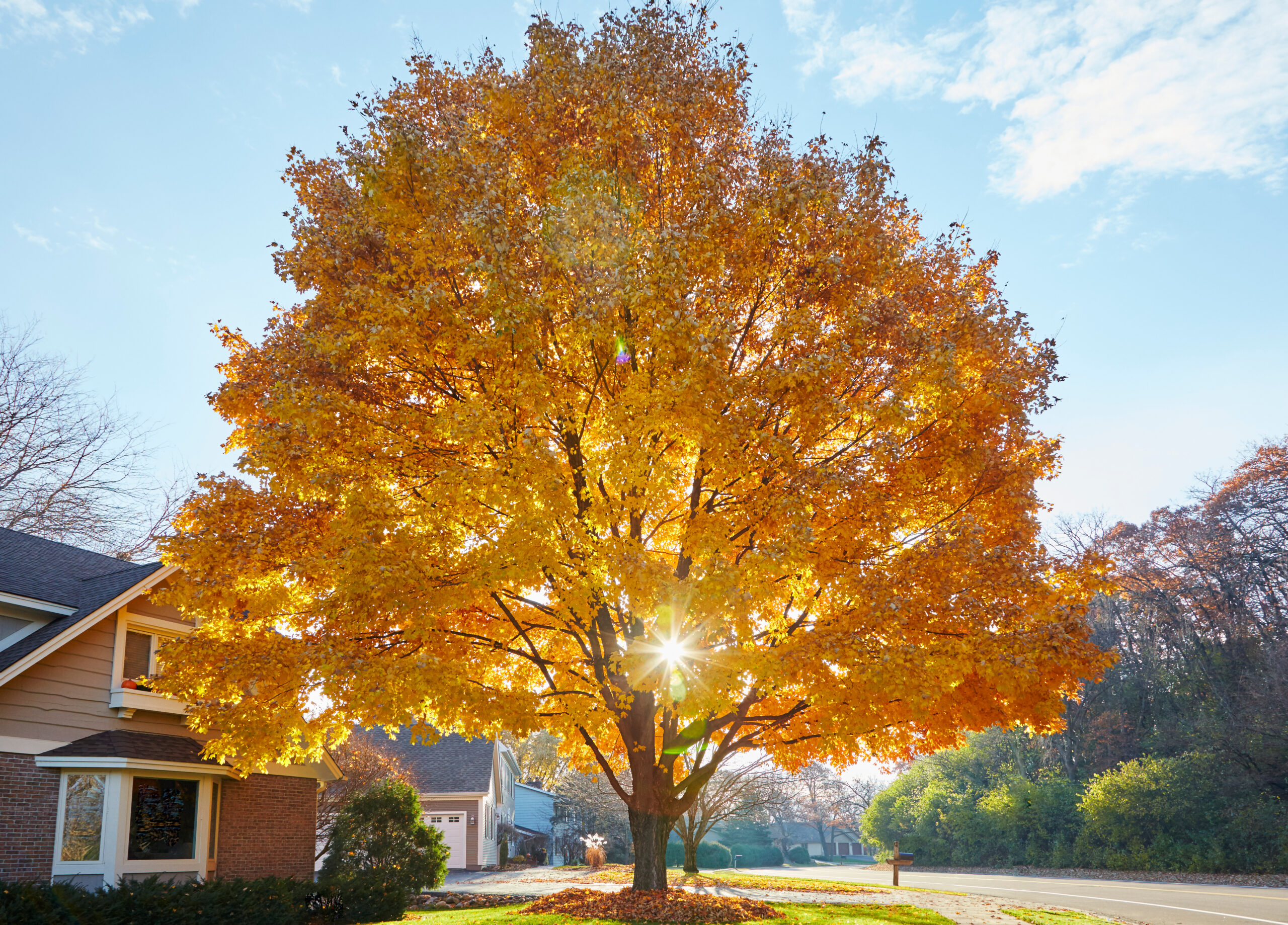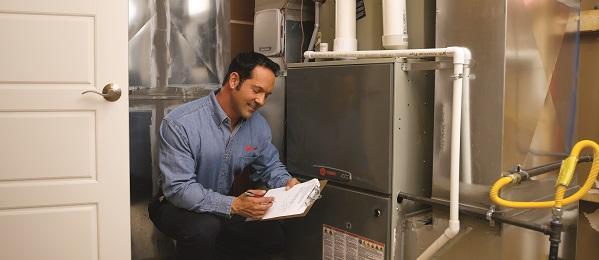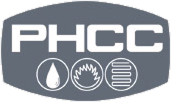
When your home has cleaner air, the right humidity, and verified ventilation, you’ll have calmer, more restful winter nights.
When the heat runs, windows close and indoor air changes. Comfort during sleep depends on humidity, particulates, and fresh-air/safety. Tuning these three areas is simple and measurable—no guesswork. If you want a room-by-room plan, start with an IAQ Evaluation from Princeton Air.
Dry air (below ~30% RH) can irritate airways and wake you up
Heated winter air often falls under 30% relative humidity, which can feel sharp or drying. Most homes rest better around 30–50% RH in cold weather.
How to Fix It:
- Measure nighttime RH with a simple hygrometer.
- Service or add a whole-home humidifier; replace water panels/steam canisters per manufacturer.
- Keep bath/kitchen fans venting outdoors to manage moisture correctly.
- Target: 30–50% RH, adjusted slightly lower on very cold nights to prevent window condensation.
Dust and fine particulates can bother sensitive sleepers
Dust stirred by supply air and returns can collect in bedrooms, especially with leaky ducts or undersized filters.
How to Fix It:
- Upgrade to a MERV 8–13 filter your system can handle (Princeton Air techs test static pressure).
- Seal obvious return leaks so you’re not pulling attic/basement dust.
- Consider a properly sized room purifier for the primary bedroom if needed.
- Replace filters on schedule; vacuum supply/return grilles.
Stale air & safety gaps can add worry and disrupt rest
Bedrooms need quiet, consistent ventilation—and heaters need verified combustion and venting.
How to Fix It:
- Test bath and kitchen fans (and any fresh-air intake/ERV/HRV) for real airflow to the outdoors.
- CO alarms on every floor and outside sleeping areas; test and replace expired units.
- Schedule combustion/venting checks for furnaces/boilers and water heaters before peak runtime.
Princeton-area reality check
From Princeton and West Windsor to North Brunswick, we see 1960s–2000s homes with mixed duct vintages and tight winter closures. That means lower indoor RH, return leaks near basements, and bath fans venting to attics—all common and fixable. We measure, document, and prioritize changes that smooth out winter nights.
Your 7-point “Sleep Better” IAQ Checklist
- Measure RH in the primary bedroom for a week. Target 30–50%.
- Right-size filtration (MERV 8–13 as equipment allows).
- Seal returns and obvious duct leaks; re-balance supply to quiet airflow.
- Verify ventilation: bath/kitchen fans to outdoors; set ERV/HRV schedules.
- Service humidifier or add one if RH stays low.
- Test CO alarms; book a combustion/venting check.
- Bedroom purifiers (optional): choose CADR sized to room; replace filters on time.
Tighten humidity, reduce particulates, and verify ventilation/safety to make winter nights calmer and more restful. Ready for a data-driven plan? Contact Princeton Air today!
Frequently Asked Questions
What humidity should I aim for at night in winter?
About 30–50% RH, adjusted slightly lower on very cold nights to prevent window condensation. A whole-home humidifier can maintain setpoints automatically.
Which MERV filter should I use?
As high as your system can handle without high static pressure—often MERV 8–13 for residential units. We test and size filters to protect airflow and comfort.
How do I know if my bathroom fan really helps IAQ?
It should exhaust to the outdoors with adequate flow. We test performance, fix vent routing, and set schedules/controls as needed.
Why mention CO alarms for sleep?
Properly placed and tested CO alarms provide an essential safety layer; annual combustion/venting checks add peace of mind during heating season.









